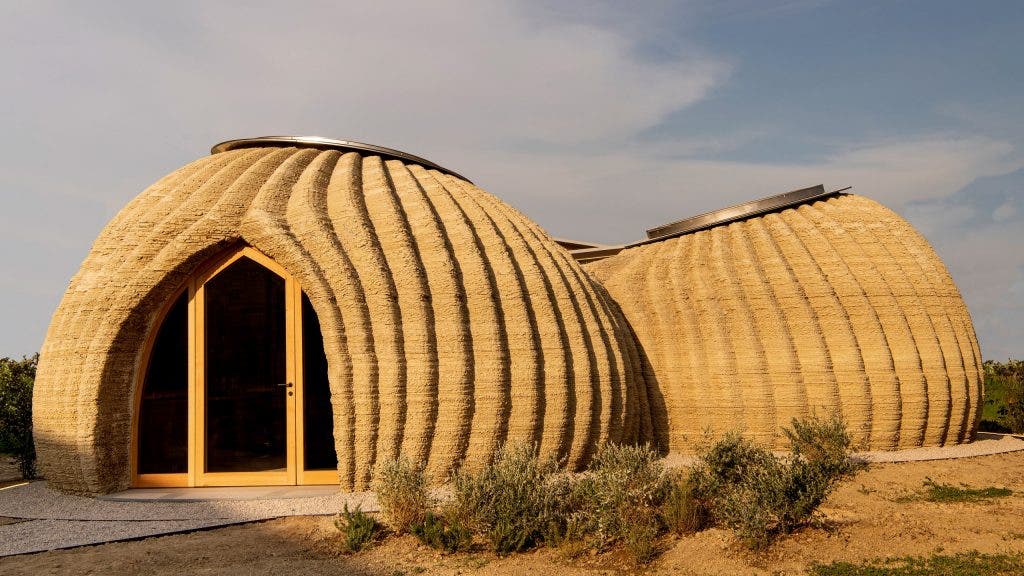
By combining state-of-the-art 3D printing with a construction material humans have been using for millennia, a team of daring engineers and architects from Italy are seeking to reimagine sustainable buildings.
The pilot project, called TECLA (TEchnology and CLAy), employed specialized machines whose nozzles ooze liquified clay dug up from a nearby riverbed. The end result is a 3D-printed dwelling essentially made out of locally sourced mud, rather than environmentally-taxing concrete.
The 60-square-meter home took only 200 hours of continuous extrusion to complete, during which 60 cubic meters of clay was printed layer by layer via 7,000 instructions sent by a computer until it reached its final double-dome shape. The furnishings inside were also printed in one go along with the building’s 12-cm-thick walls. According to chief architect Mario Cucinella, the TECLA house used less than 6kW of power during its printing.
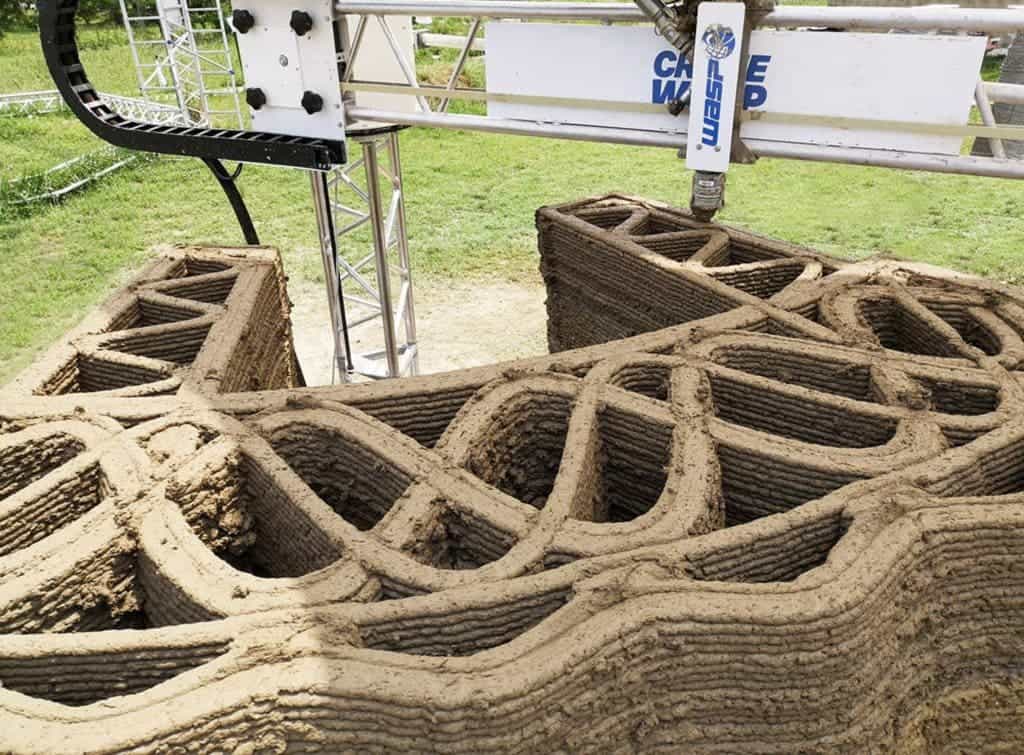
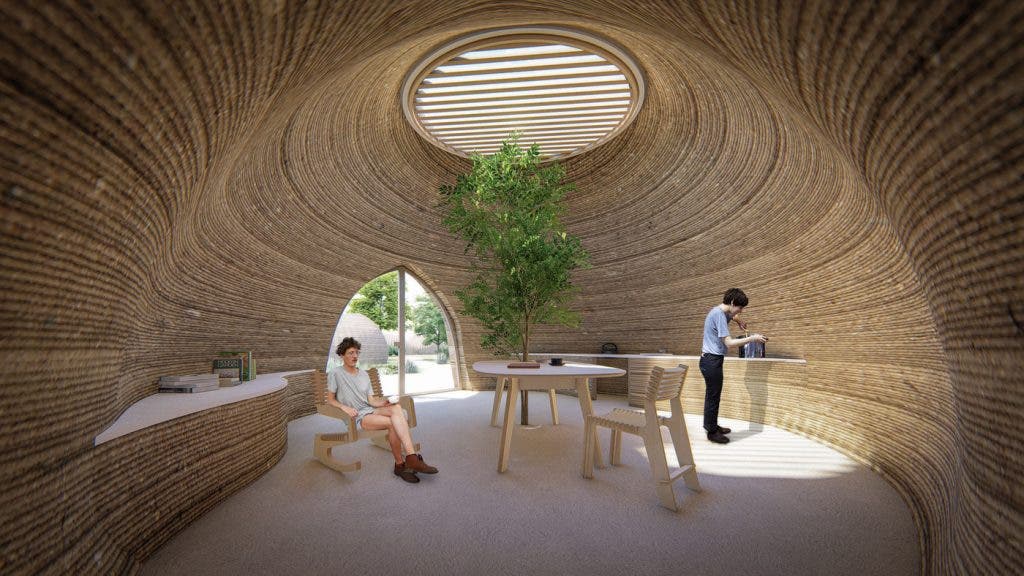
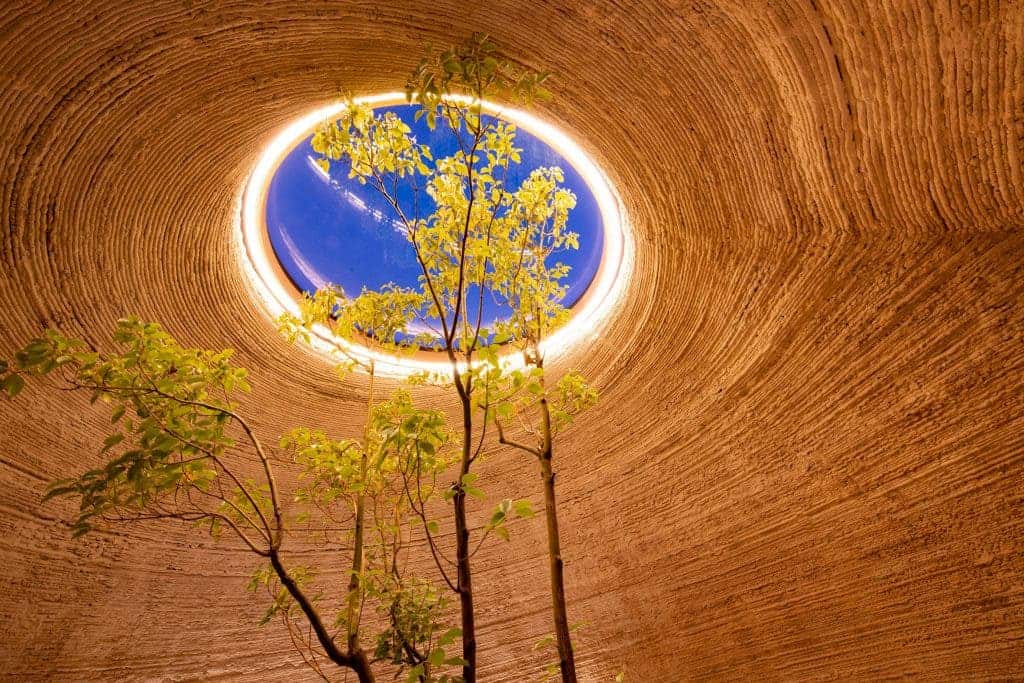
“It’s combining this evolution in technology with a basic material you can find anywhere on the planet,” Cucinella told Wired. “A combination between high tech and local material.”
Cucinella partnered with Italian 3-D engineering firm WASP to erect the circular model entirely out of reusable and recyclable materials.

“TECLA is in fact the peak of advanced research between matter and technology, it is the achievement of an unparalleled challenge that has brought the printing geometry to its physical limit. The project represents an unprecedented perspective for buildings and new settlements, in which the value of local raw materials is amplified by digital design. The double dome solution made it possible to cover at the same time the roles of structure, roof and external cladding, making the house high-performance on all aspects,” reads a press statement on the WASP website.
Each dome is capped with a glass skylight that allows plenty of natural light into the living quarters, although Cucinella stresses that the design can be easily tweaked to accomodate different climates.
Ultimately, for Cucinella and colleagues, this project is all about proving to the world that it is still possible to construct truly sustainable buildings in the 21st century.
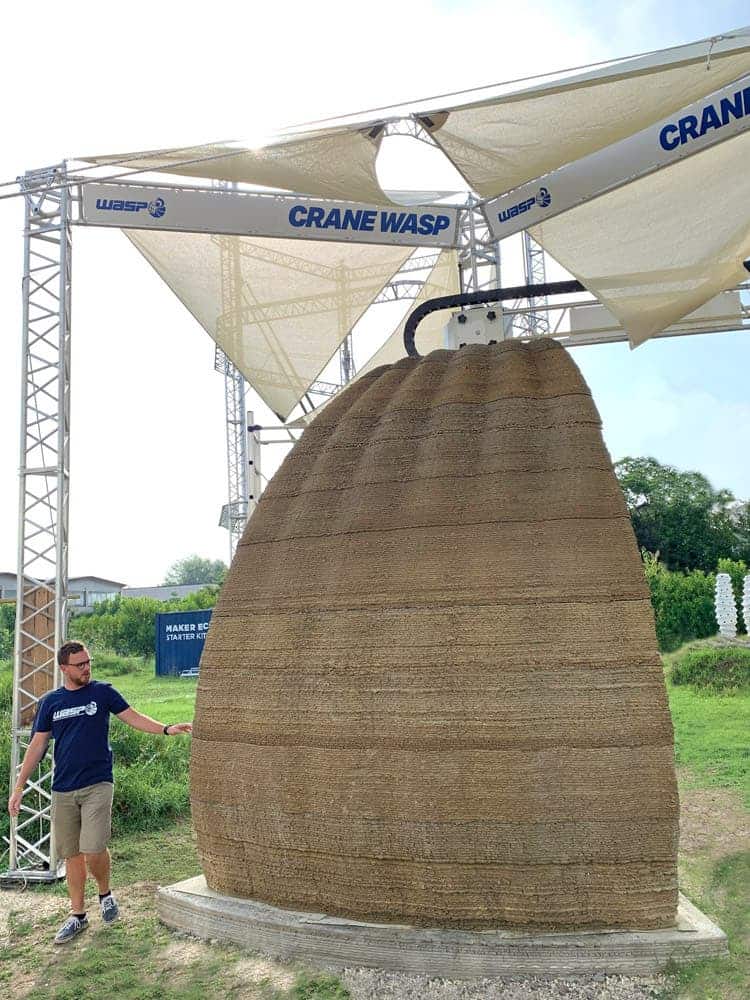
The concrete industry is one of the most environmentally damaging in the world, accounting for 9% of total global CO2 emissions in 2018. Nearly 80% of concrete’s carbon emissions come from cement, which accounts for about 8% of the world’s carbon dioxide (CO2) emissions. If the cement industry were a country, it would be the third-largest emitter in the world — not far behind China and the US. It contributes more CO2 than aviation fuel (2.5%) and is not far behind the global agriculture business (12%). But, overall, the construction industry, which includes not only the manufacturing of cement but also the transportation of heavy materials across the world, was responsible for a staggering 38% of all carbon emissions in 2019, according to the United Nations Environment Programme.
Next, Cucinella would like to scale the project to multiple stories and experiment with other types of locally-sourced materials, such as wood used for flooring and support beams.
“We like to think that TECLA is the beginning of a new story,” Cucinella told Dezeen.
“It would be truly extraordinary to shape the future by transforming this ancient material with the technologies we have available today.”









